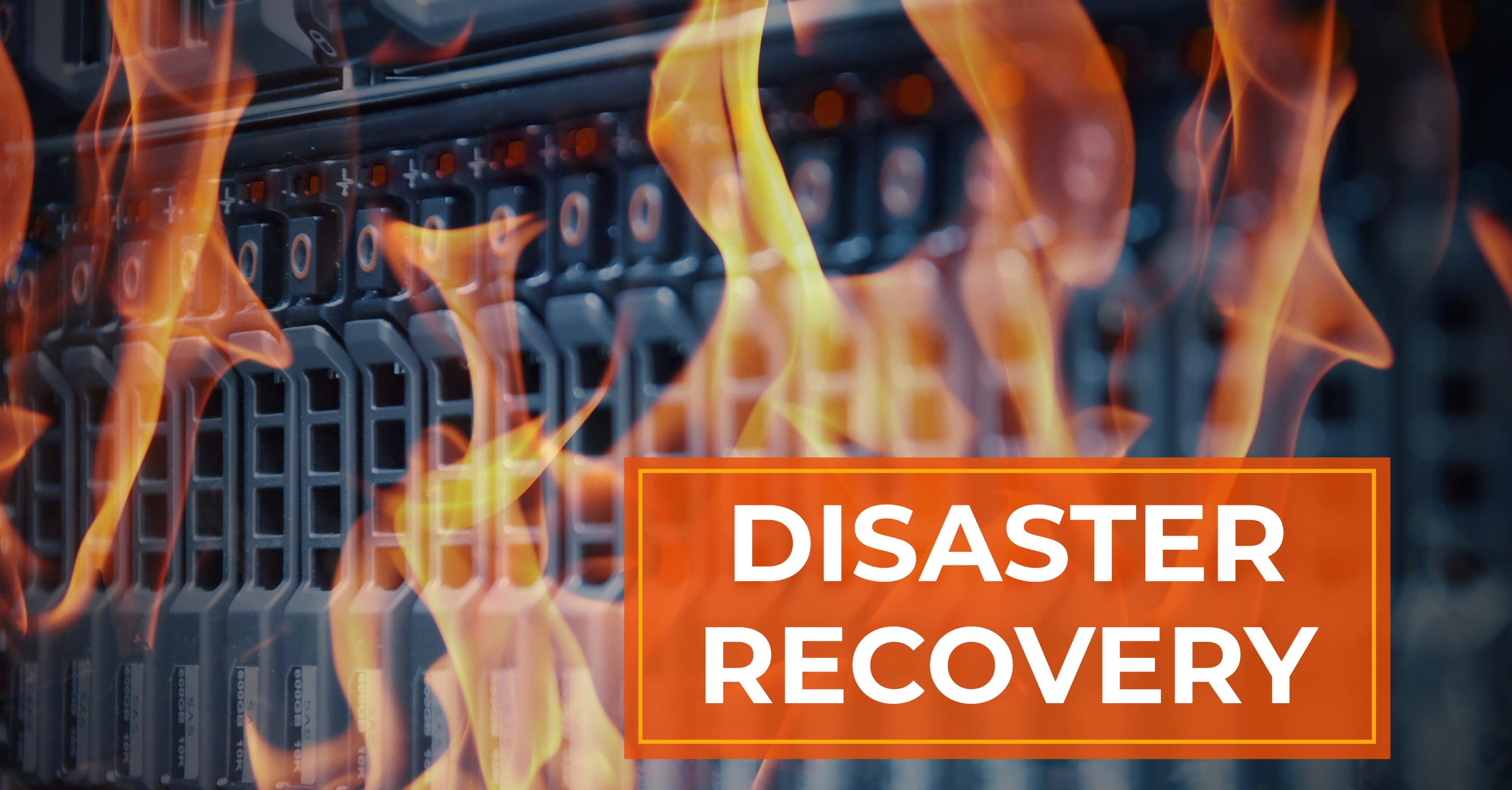Disaster Recovery and Business Continuity
We all know how important it is to protect our precious assets and investments. That’s why we get insurance for our homes and cars to help us get back on our feet after accidents or storms.
But manufacturers and distributors don’t always have the same mindset for their business. Over 75% of small businesses lack a documented disaster recovery plan. That means their software, equipment, data and other critical possessions are at risk of getting destroyed—and bringing down the entire enterprise. A disaster recovery strategy and solution serve as the insurance you need to safeguard your organization. Keep reading for more reasons to develop a disaster recovery and business continuity plan.
Disasters Strike Without Warning
When it comes to disaster recovery planning, it’s better to get it done sooner rather than later. You never know when a fire, storm or other catastrophe could strike your organization. For example, some regions are still recovering from the hurricanes that battered Florida and Texas in 2017. Hurricane Irma affected over 1 million manufacturing employees in over 400 counties, and Hurricane Harvey resulted in about $125 billion in damages.
For small businesses, the impact of natural disasters can be astronomical. FEMA found that 40% of small businesses don’t reopen after flooding, while the Small Business Administration reported that about 90% of companies close within a year if they can’t resume operations within five days after a disaster. Without a disaster recovery strategy in place, you stand to lose everything.
To ensure your business is up and running after a catastrophic event, you need to consider potential risks and prioritize your assets. Based on your location, what kind of natural disaster is most likely to endanger your employees and operations? Which equipment and applications are mission critical? From your risk assessment, you can start exploring different methods and solutions for protecting your most essential resources.
Downtime is Expensive
Manufacturers and distributors often put off disaster recovery for two reasons: time and money. The time and money required to put together a strategy, implement a solution or work with consultants deter businesses from disaster recovery planning. However, without a plan in place, you’re liable to lose even more time and money.
We all know the saying, “Time is money.” This adage proves painfully true when companies experience downtime. Gartner found that the average cost of IT downtime is $5,600 per minute, with 98% of organizations claiming a single hour of downtime costs over $100,000. 90% of businesses that experience 10 or more days of consecutive downtime are bankrupt within a year. The bottom line is that the time and money you put into developing a disaster recovery plan could save you countless hours and hundreds of thousands of dollars.
To avoid expensive downtime, you’ll need to implement a backup strategy. Use RTO and RPO metrics to determine backup frequency. RTO (Recovery Time Objective) defines when an application must be restored to maintain business continuity, and RPO (Recovery Point Objective) is the amount of time between the last backup and the loss of data. Additionally, make sure you have off-site storage in case your main data center goes down. Don’t forget to test backups to check that your data is getting replicated as planned.
Customers and Suppliers Aren’t Patient
Proper disaster recovery and business continuity planning doesn’t just involve internal assets and personnel. When operations go down, so will your relationships with customers and suppliers. After a disaster, what will happen to customer and supplier data? If products are destroyed in warehouses, how will you reach out to customers or reschedule deliveries?
When you’re able to fully backup and restore your data in minutes, you can maintain valuable customer and supplier relationships. You have the information you need to maintain communication and keep track of orders and transactions. This will help you prevent customers and suppliers from growing impatient.
Wrap Up
A disaster recovery and business continuity strategy is the last line of defense for your organization’s essential assets. Therefore, you want to take it seriously to avoid major losses.
For over 20 years, Datix has served as a one-stop shop for manufacturing and distribution solutions, including ERP, CRM and eCommerce. To keep our clients’ software investments safe, we developed EverSafe!, a comprehensive backup and disaster recovery solution. EverSafe! provides ransomware protection and remediation, instant on-site and off-site virtualization, screenshot verification of backups and more. With our sophisticated solution, you can restore a terabyte of data overnight or have your server up and running in minutes.
Don’t put your data and enterprise software in harm’s way. Find out how EverSafe! can protect your software investments by contacting a consultant at Datix today!
{{cta(‘770c1544-d87d-4acb-9fc4-7a25e1385094′,’justifycenter’)}}


